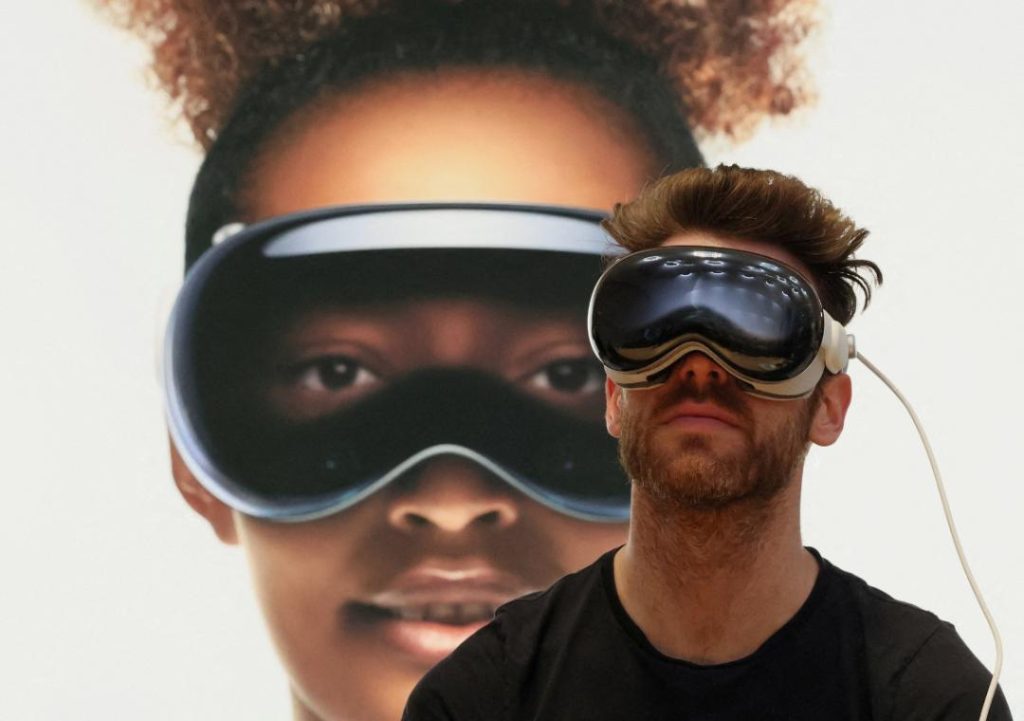
Apple’s Vision Pro Criticised Over Discomfort, Limited Functions
Apple’s Vision Pro, the latest addition to the company’s lineup of Virtual Reality (VR) headsets, has been met with a lukewarm response from early adopters. Launched in 2024, the Vision Pro was anticipated to revolutionize the VR experience with its cutting-edge technology and sleek design. However, users are now expressing their discontent with the headset’s weight, limited functionality, and software issues.
One of the primary concerns among users is the weight of the headset. Many have reported finding it uncomfortable to wear for extended periods, citing issues with fatigue and headaches. This has led to a resurgence of debate about the importance of ergonomics in VR headsets. While Apple’s Vision Pro boasts impressive specifications, its physical design seems to have fallen short of user expectations.
Another issue plaguing the Vision Pro is its limited functionality. Users had hoped for a more varied software experience tailored to the device’s specific capabilities. However, what they got was a headset that is essentially just another tool for playing games and watching movies. The lack of innovative applications and features has left many users feeling underwhelmed and uninspired.
Furthermore, users have reported experiencing health issues such as headaches and motion sickness while using the Vision Pro. This has raised concerns about the long-term effects of using VR headsets on human health. As VR technology continues to evolve, it is crucial that manufacturers prioritize user safety and well-being.
The backlash against the Vision Pro is not limited to its physical design and functionality. Users have also reported software issues, including lag, glitches, and compatibility problems. This has led to frustration and disappointment among those who had high hopes for the headset.
In a statement, an Apple spokesperson said, “We are committed to providing the best possible experience for our customers. We are taking feedback from early adopters seriously and are working to address the issues they have reported.”
While Apple’s commitment to addressing user concerns is reassuring, the Vision Pro’s poor reception is a significant blow to the company’s reputation. The VR market is highly competitive, and Apple’s failure to deliver a compelling product has given its rivals an opportunity to gain ground.
The Vision Pro’s problems are not unique to Apple. Other VR headsets have faced similar issues, including discomfort, limited functionality, and software bugs. However, Apple’s reputation for innovation and attention to detail had led many to expect more from the Vision Pro.
In conclusion, Apple’s Vision Pro has gotten off to a rocky start. While it boasts impressive specifications, its weight, limited functionality, and software issues have left users feeling disappointed and frustrated. As the VR market continues to evolve, it is crucial that manufacturers prioritize user experience, safety, and innovation. Only then can we expect to see VR headsets that truly live up to their potential.






